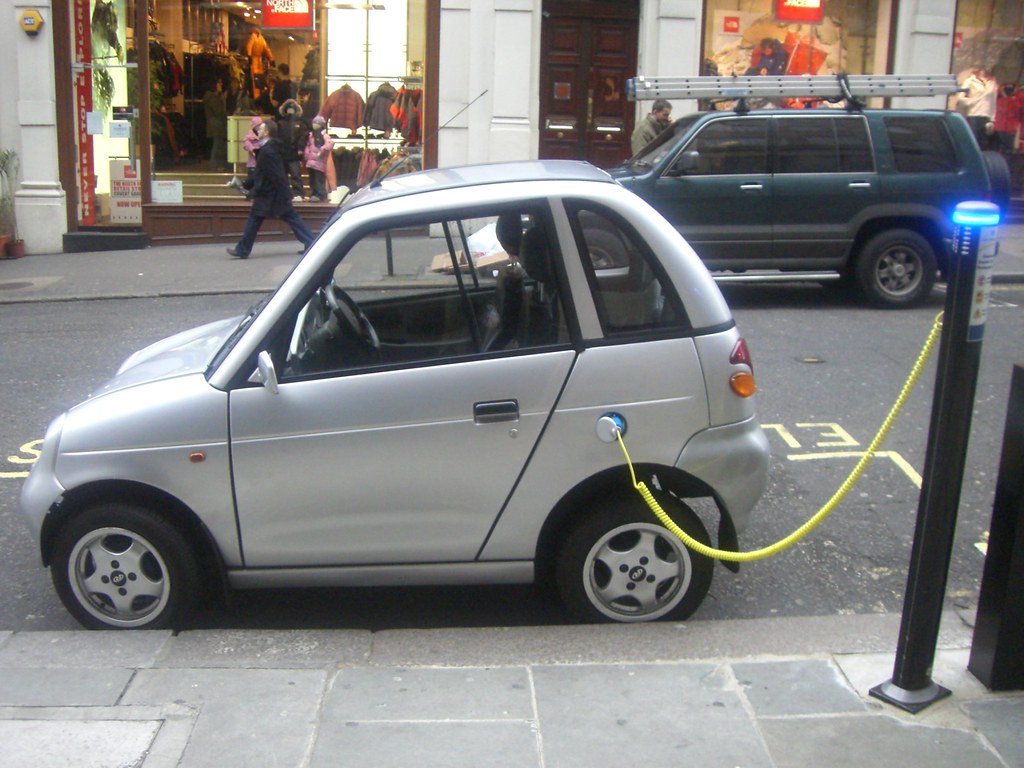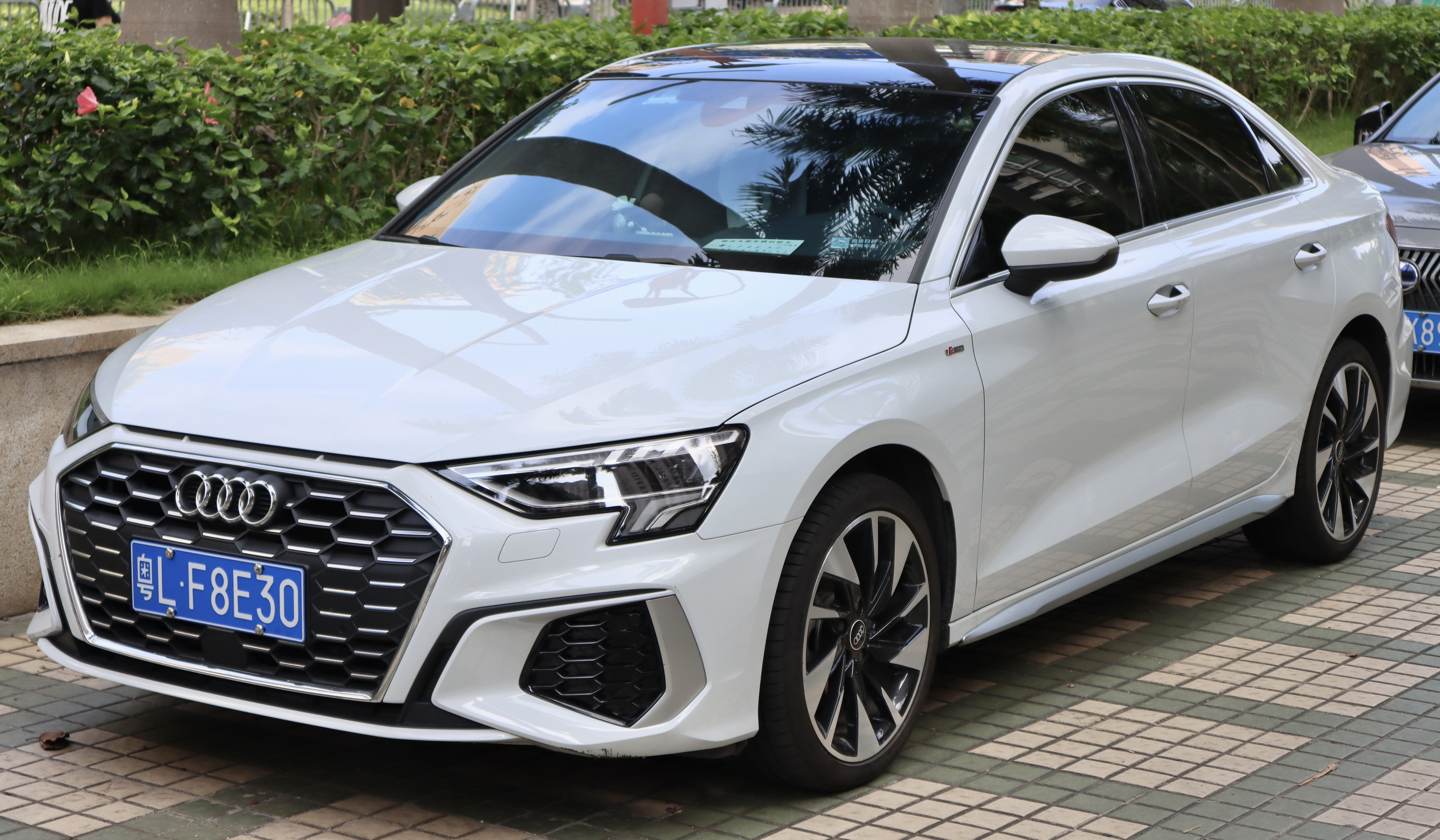Let’s be honest for a moment, folks: when you first see an electric vehicle (EV), your initial reaction may range from a mild ‘Huh?’ to a full-blown ‘What the heck is that?!?’ Despite the significant advancements and dedication to a more environmentally friendly world, EVs have a knack for looking, well, ‘out there’ when compared to their fuel-guzzling cousins. But why? Stay tuned as we delve into the fascinating world of EV designs and discover why these contemporary vehicles often appear to have been taken straight out of a science fiction movie, making us question their unusual aesthetics.
Effectiveness Over Custom
One of the most glaring reasons behind the unique style of EVs is the constant quest for energy efficiency over conventional models. It’s no secret that the cost of producing an electric vehicle can be extremely high, with the enormous battery packs alone costing manufacturers between $17,000 to $36,000. With such significant investments in the technology, it’s no wonder that the exterior design might take a backseat. Most EVs focus on driving range and fast charging over winning any beauty contests, prioritizing function over form.
Battery Position and Plan
Speaking of batteries, their size and placement play a huge role in giving EVs their distinctive look. Weighing in at a hefty 848 to 1,200 pounds and stretching across the vehicle’s frame, these batteries require serious accommodations. The need for legroom and roofline adjustments often results in higher seats and a peculiar slant. Additionally, the absence of a bulky engine means the front end can appear unusually squat, adding to the ‘bizarreness’ factor that makes EVs stand out.
The Missing Exhaust Framework
Then there’s the issue of the missing exhaust framework. Without the requirement for lines to remove unburned fuel, the backside of an EV can look startlingly uncovered contrasted with customary vehicles, which frequently sport single or double debilitates adding a touch of character. Additionally, the front of numerous electric vehicles misses the mark on wind stream components like grilles, fundamental for cooling gas powered motors however not such a huge amount for the battery-fueled brethren.

Tires: An Unobtrusive Contrast
Did you know that smaller tires could also contribute to the odd appearance of electric vehicles? That’s right! EVs require tires that can support their heavier weight and enhance range and efficiency. This often means narrower tires with thicker sidewalls, which can give the vehicle an unexpected look, making them appear different from traditional cars.
High-Set Headlights
We should discuss those high-set headlights. To oblige the battery situation, numerous electric vehicles include headlights that are situated higher up, in some cases giving the vehicles a bug-looked at appearance. Not the very encapsulation of car magnificence, correct?
Embracing Futurism
A few producers are truly inclining toward the modern tasteful, making vehicles with shapes and highlights suggestive of the Jetsons or even a tragic future. Take the Tesla Cybertruck, for instance, with its sharp lines and practically forceful effortlessness. It’s a plan so intense that it moves on the line among development and peculiarity.
In the engine: A Fruitless Scene
Look in the engine of an electric vehicle, and you may very well be shocked by how, all things considered, void it looks. With less motor parts than a customary vehicle, the in the engine region can seem deserted and desolate. This ‘destroyed’ appearance is one more explanation a few people track down EVs a piece on the monstrous side.
Variety Decisions and Visual Allure
Variety decisions (or the deficiency in that department) can likewise make electric vehicles less interesting to some. With a restricted range frequently slanted towards additional disappointing shades, it’s not difficult to see the reason why some could name these vehicles as dull.

Saying something
It’s not just about aesthetics. Many manufacturers and consumers alike are eager to make an ‘eco-friendly’ statement with their vehicle choice, prioritizing the message over the medium. This desire for uniqueness can sometimes result in designs that are more about standing out than fitting in, reflecting a commitment to environmental consciousness.
The Component of Progress
Ultimately, considering the element of change is essential. Electric vehicles represent a significant shift from what we’ve become accustomed to with internal combustion engine vehicles. This sudden transition can make EVs seem ‘ugly’ to lifelong fans of traditional car design, challenging our perceptions of automotive beauty.
Designs for electric vehicles are bound to get more sophisticated and possibly even more ‘typical’ as technology advances and more people adopt them. In the exciting world of automobiles, we can all support the focus on innovation and a cleaner environment, even though the design of electric vehicles is currently a contentious topic. The next time you see an EV that seems a bit off-kilter, just think back to the incredible innovation and inherent commitment that it embodies. Who knows, maybe in a few years we’ll be driving around in these ‘strange’-looking vehicles and reflecting on how far we’ve come.
Related posts:
Why Do Electric Cars Look Different, Weird & Ugly? (11 Reasons)
Why Are So Many Electric Cars Ugly?
Why can’t luxury EVs look as good as they feel?




